What are you going to use for your palette?
If you're like most artists you'll end up with several palettes including one special one that is your favorite. I happen to have aquired 8 ro 9 in my 35 years of painting.
Are you a student or beginner on the cheap?
For a basic palette use a plate, preferably white. Just something that is white, non-porous, and can hold some water. Ceramic, plastic, or metal, it doesn't matter in the long run, it's just a means to an end...making art. You can use recycled margarine containers, styrofoam meat trays, ice cube trays, white dinner plates, pill boxes, and that styrofoam box in the trash at the park. But if you want to know more about the variety of palettes available, (and who doesn't?) read on. 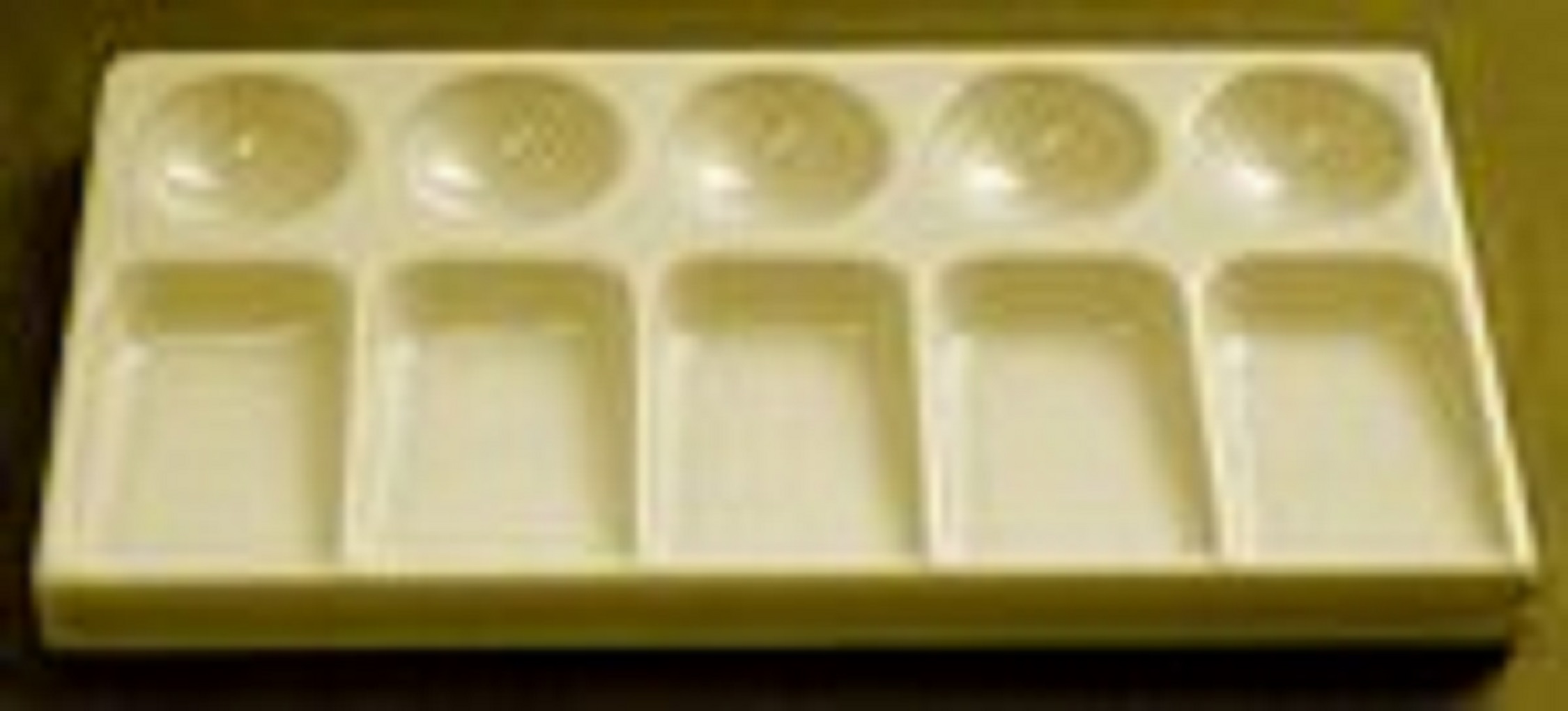
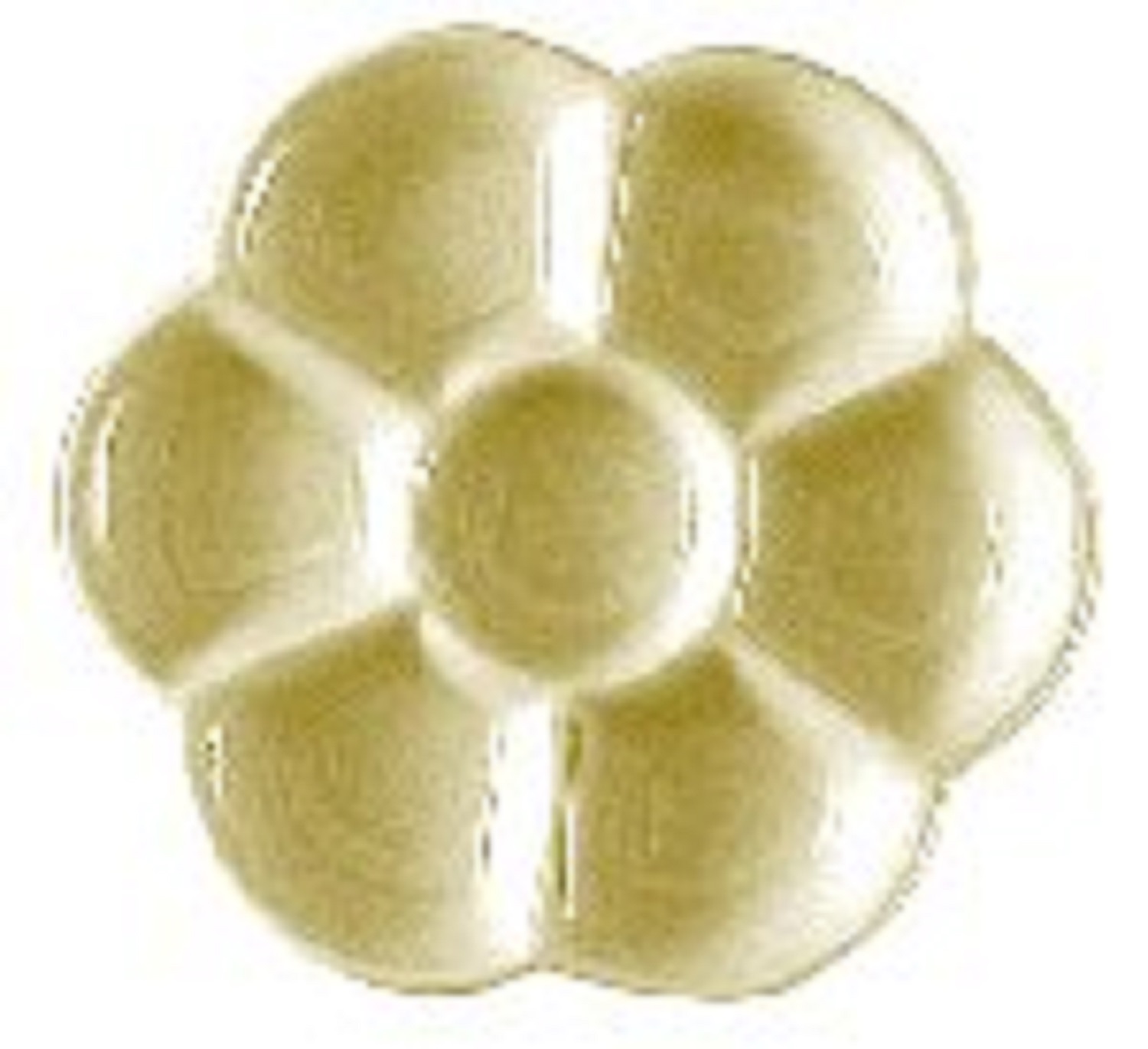
Ceramic palettes
Glazed porcelain is an ideal palette material, it rinses clean and doesn't stain. The traditional ceramic slant style palette is a simple row of 5-10 slanted wells topped with a row of circular wells. Ceramic flowers (multi-welled cups) are great for indoor studio work. If you run out of palette space often they are good to have around. They don't walk around when you use them and can last a lifetime if you don't drop them. As permanent as they are, they make a weighty statement about your artistic commitment. 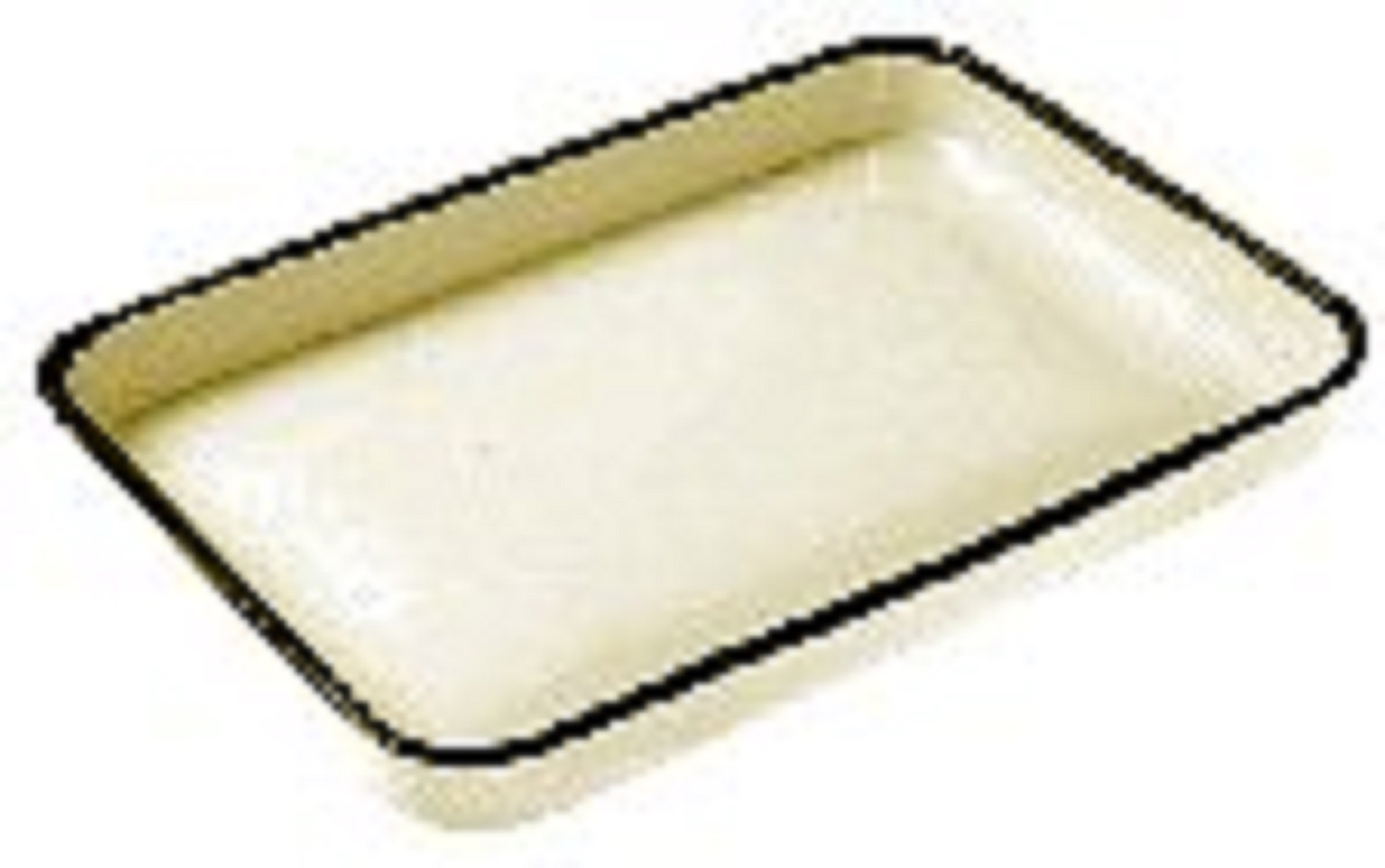
Butcher trays
Butcher trays came into use earlier in the 20th century. These white fired enameled, blue trimmed pans are excellent for a more fluid approach to your technique. The pan is slightly convex which allows the washes to run to the edges if you mix a large quantity. By using different areas for different color families, the run-off washes can create some interesting colors on their own. Don't even think about why these trays were designed this way. 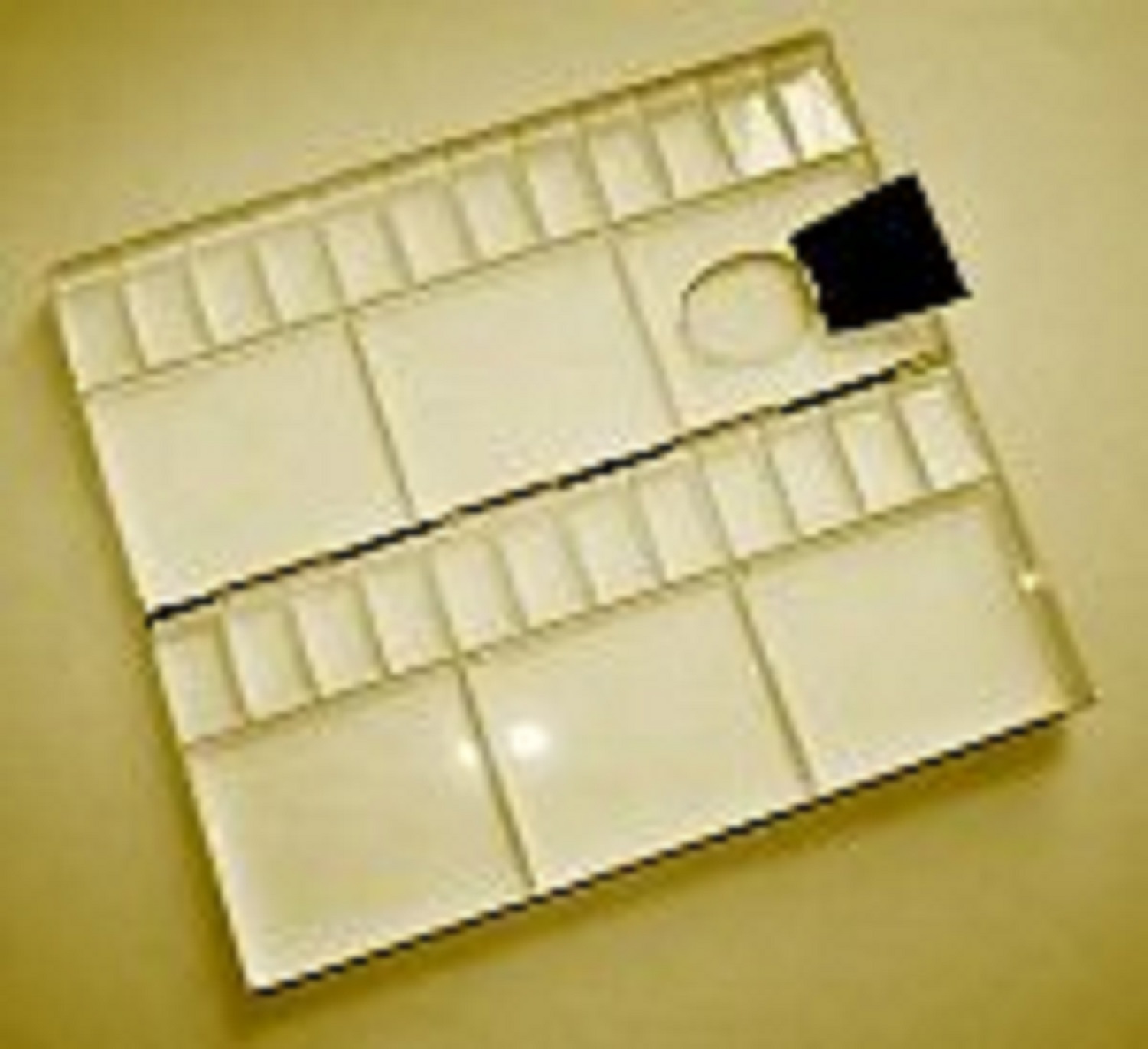
Folding metal palettes
For outdoor work there are many, many folding palettes available on the market, but by far the most famous is the Holbein folding metal palette. It's distinctive black japanned exterior and white enamel interior is it's trademark. It can be held like a traditional oil painting palette with the provided thumb hole. It was the top choice of artists from the day it was introduced due to it's convenient size and sturdy construction. They are still the best folding metal palette available. But the brand-name is expensive. There are dozens of knock-offs of the Holbein-type folding and other palettes in both metal and plastic. 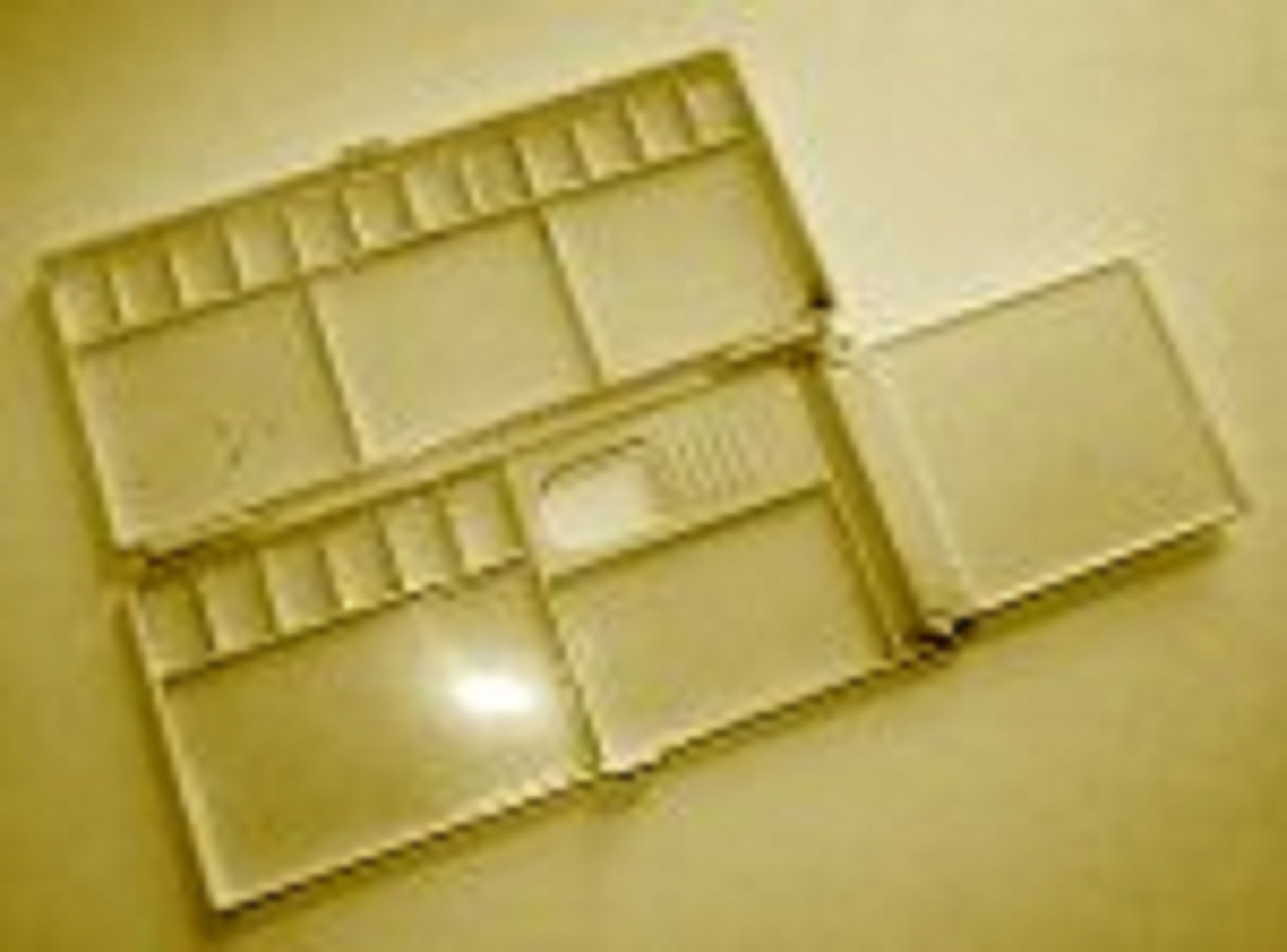
Plastic palettes
Always gauge the quality of the palette by the quality of the materials. Some vacuum formed plastic palettes are of thin construction and are flimsy. Poly-styrene injection molded palettes are heavier and more durable but may stain and need ocassional special cleaning with lighter fluid or a non-abrasive household stain remover. Other plastics can be brittle with unreliable hinges on the folding models. If you can recognize quality and find a palette shape that looks right for you, go for it. 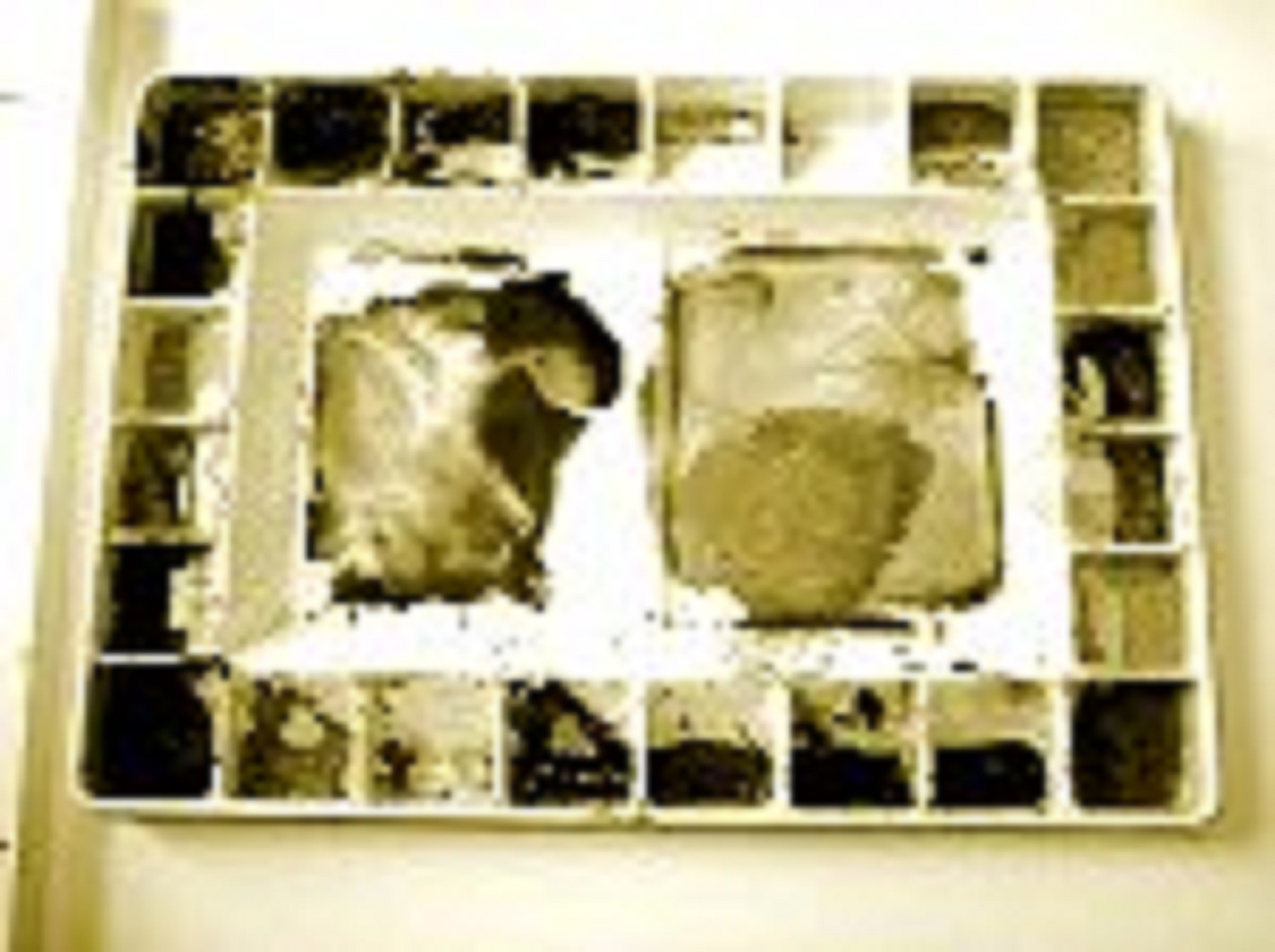
Studio palettes
For your indoor/outdoor studio, the best route to go would be one of the multi-welled palettes with a large mixing area and cover. Most are designed to have snug nestling covers that will keep paints pliable with the trapped moisture. As colors dry out you can mist them with clear water to keep them moist. There are many styles available including those designed and endorsed by the watercolor "heavy hitters" starting from the 1950s until now. 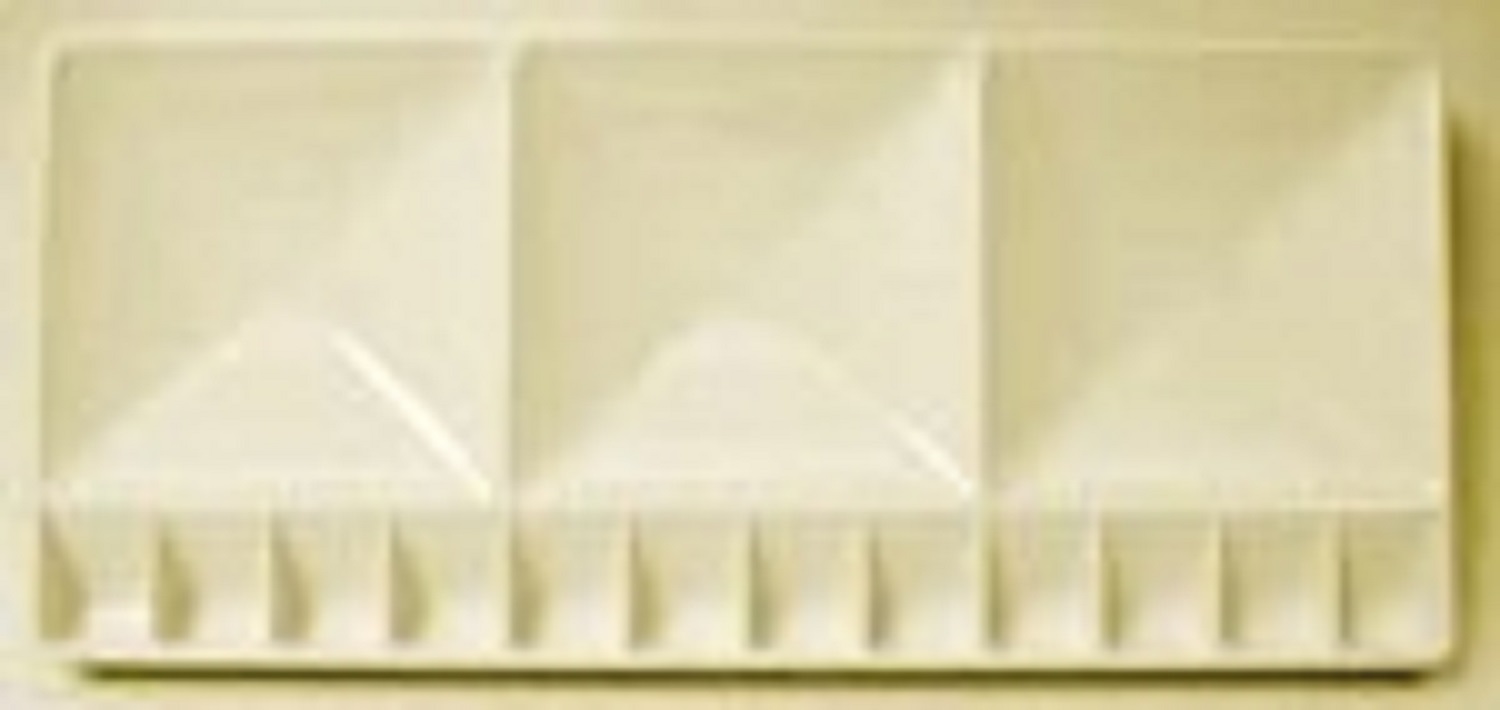 The Eldajon palette, has been a favorite of watercolorists for many years. It has 3 large wash basins and 12 color wells and measures 5½" x 12" . Good size for outdoor work.
The Eldajon palette, has been a favorite of watercolorists for many years. It has 3 large wash basins and 12 color wells and measures 5½" x 12" . Good size for outdoor work. 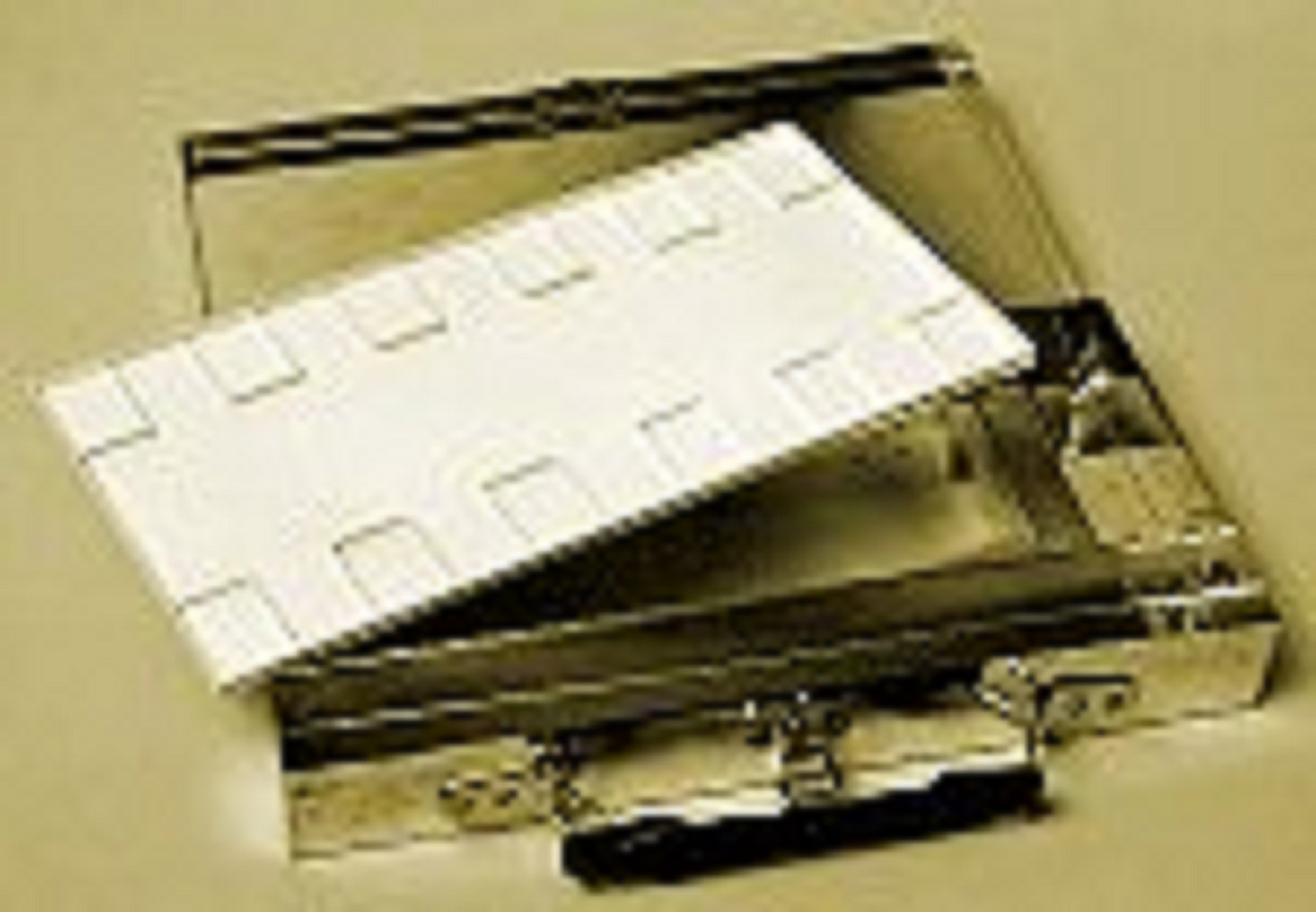 The O'Hara watercolor box, measures 11" x 16" x 1 ½" and features an enameled palette in a compact metal box. Storage spaces for paint, brushes and other accessories are under the pull out palette. A popular favorite for all plein air painters and art students. Good size for outdoor work.
The O'Hara watercolor box, measures 11" x 16" x 1 ½" and features an enameled palette in a compact metal box. Storage spaces for paint, brushes and other accessories are under the pull out palette. A popular favorite for all plein air painters and art students. Good size for outdoor work. 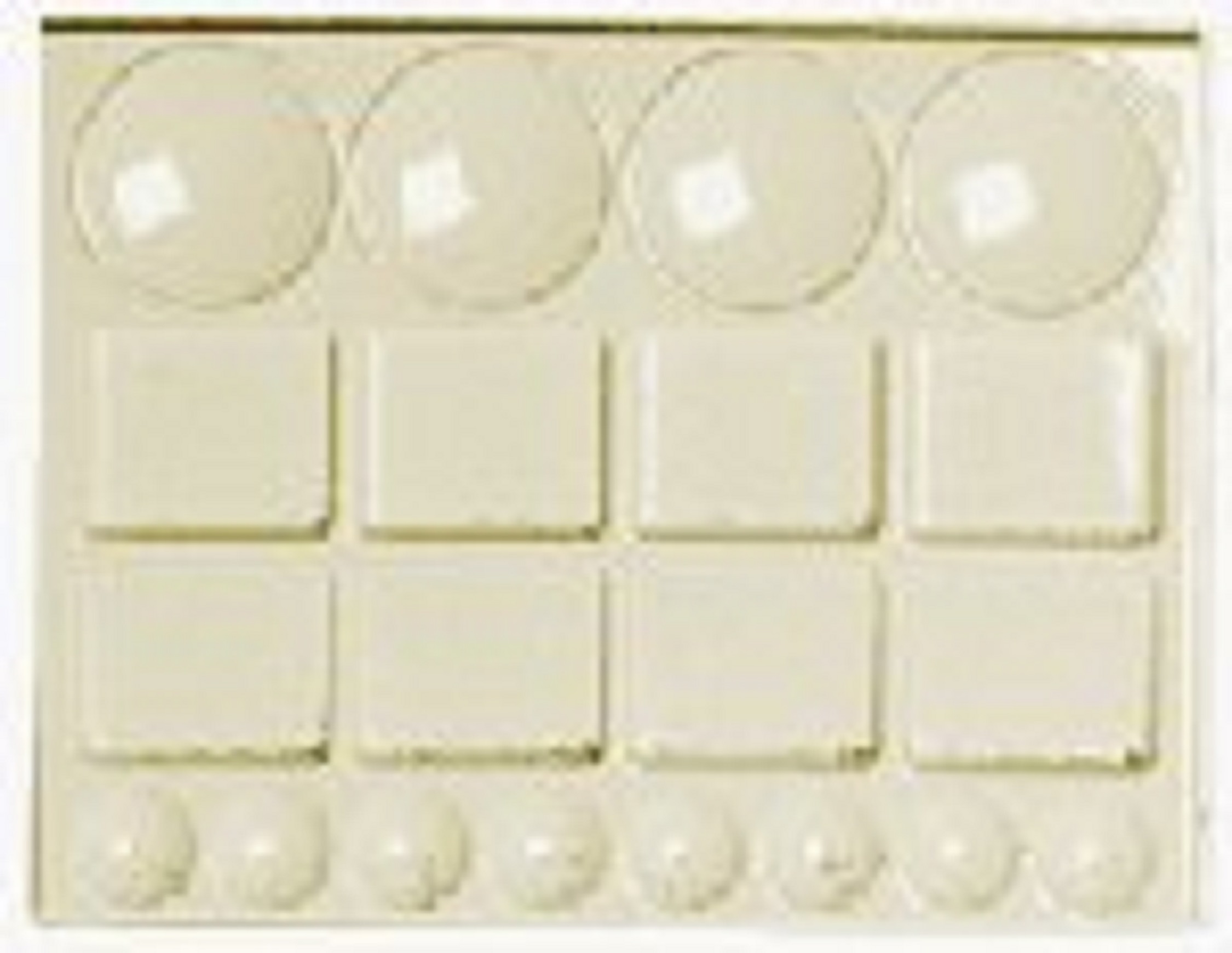 This is a classic 20-well design made of styrene. This design has been around quite a few decades. It has a good assortment of well sizes and is cheap and durable. It can stain but it cleans easy.
This is a classic 20-well design made of styrene. This design has been around quite a few decades. It has a good assortment of well sizes and is cheap and durable. It can stain but it cleans easy. 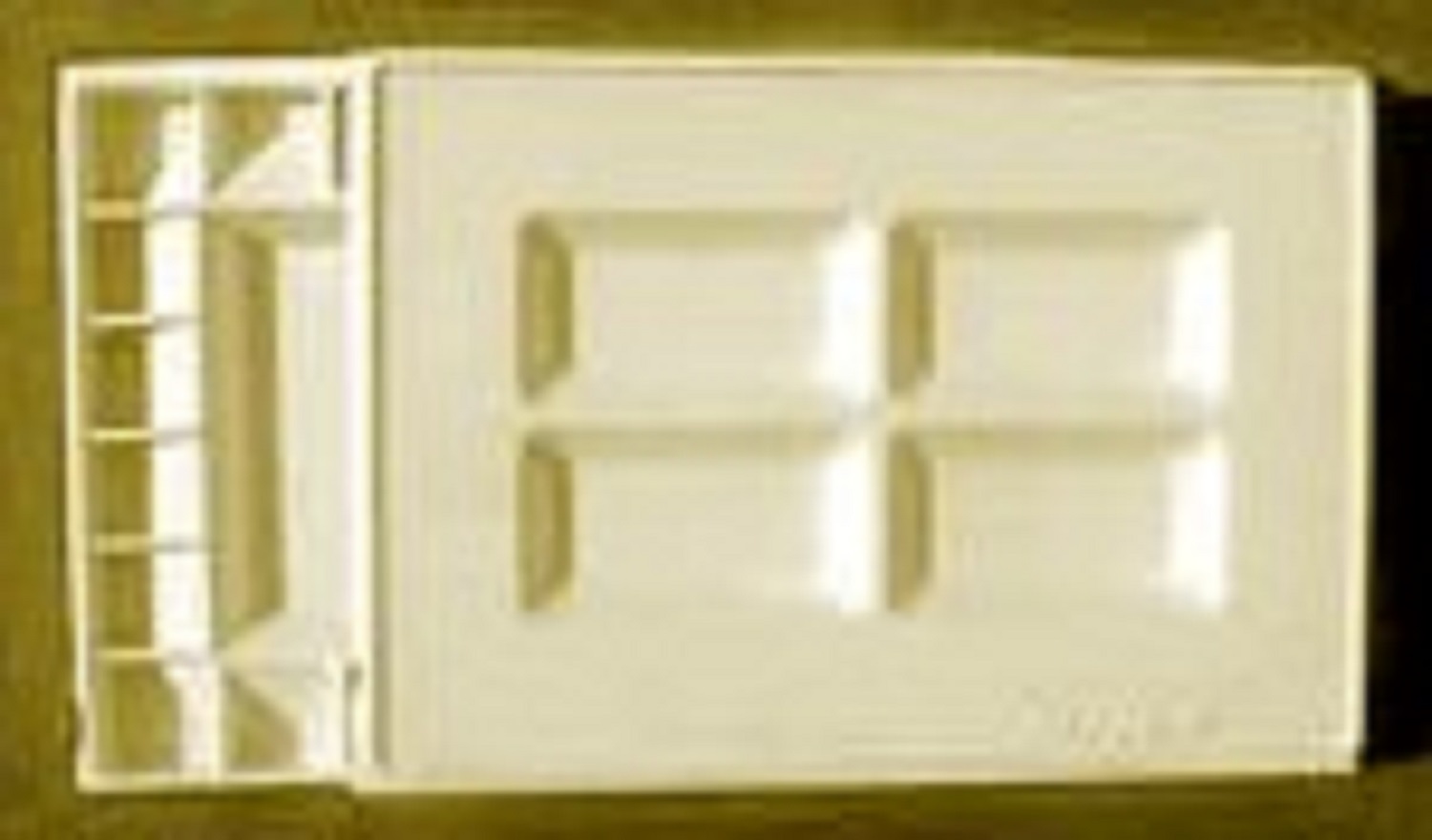 Robert E. Wood had been a part of the Midwest Watercolor Society since its inception. He was a gifted artist and sought-after teacher. His popular palette design is 16 ½" x 11" x 1" and has 24 deep wells, a large mixing area (sometimes split in two) and a snug fitting top with extra mixing wells formed into the top.
Robert E. Wood had been a part of the Midwest Watercolor Society since its inception. He was a gifted artist and sought-after teacher. His popular palette design is 16 ½" x 11" x 1" and has 24 deep wells, a large mixing area (sometimes split in two) and a snug fitting top with extra mixing wells formed into the top. 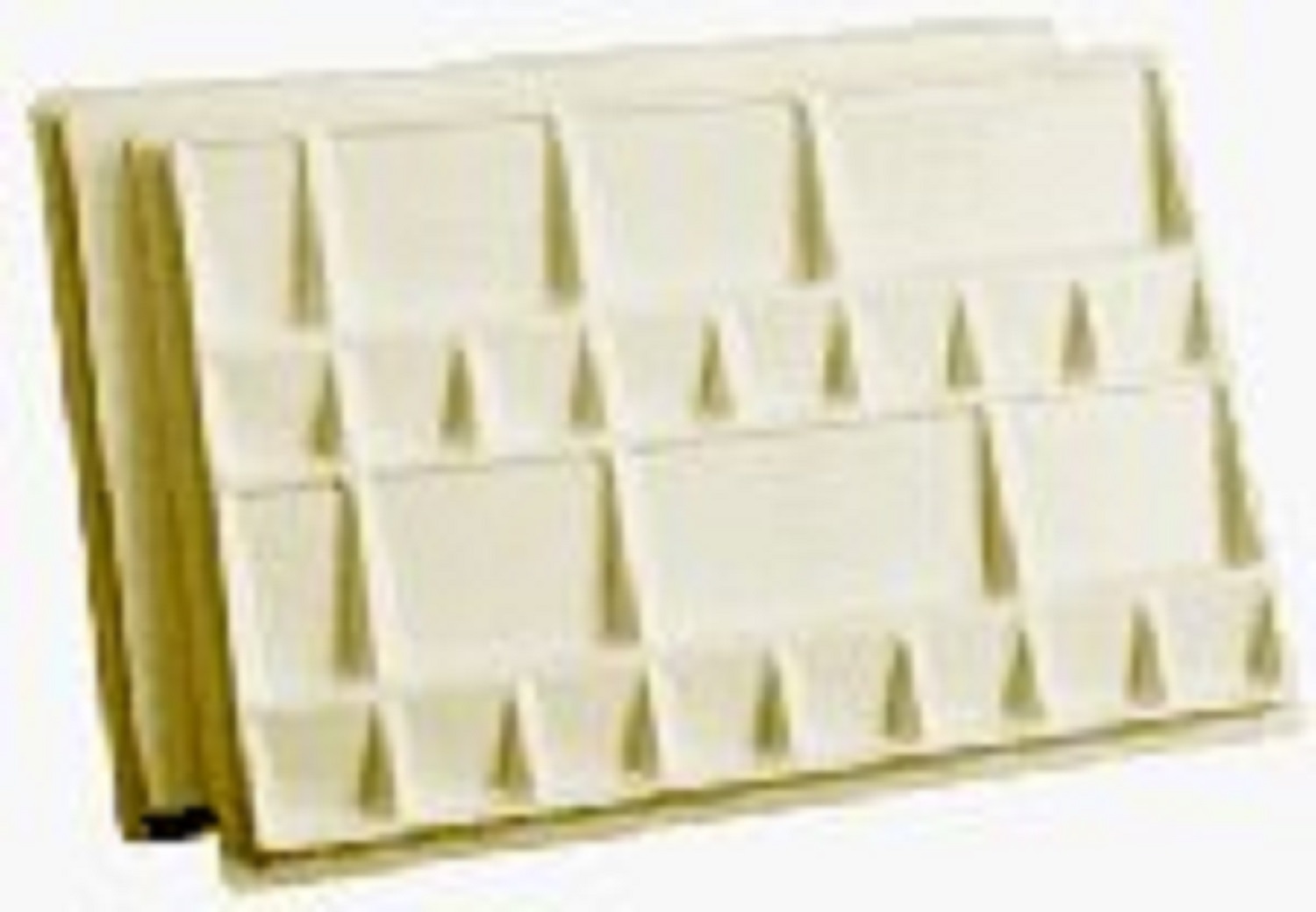 Zoltan Szabo was born in Hungary where he attended Art school before he immigrated to Canada in 1949 and then to the United States in 1980. Best known for his watercolors, he is an artist, author and teacher and has influenced thousands of artists worldwide. His 8 1/2" x 12 1/4" palette features 16 raised water wells and 8 large mixing areas. Inside lid serves as large mixing area. Zoltan Szabo is an author of many popular books on watercolor painting. Good size for outdoor work.
Zoltan Szabo was born in Hungary where he attended Art school before he immigrated to Canada in 1949 and then to the United States in 1980. Best known for his watercolors, he is an artist, author and teacher and has influenced thousands of artists worldwide. His 8 1/2" x 12 1/4" palette features 16 raised water wells and 8 large mixing areas. Inside lid serves as large mixing area. Zoltan Szabo is an author of many popular books on watercolor painting. Good size for outdoor work. 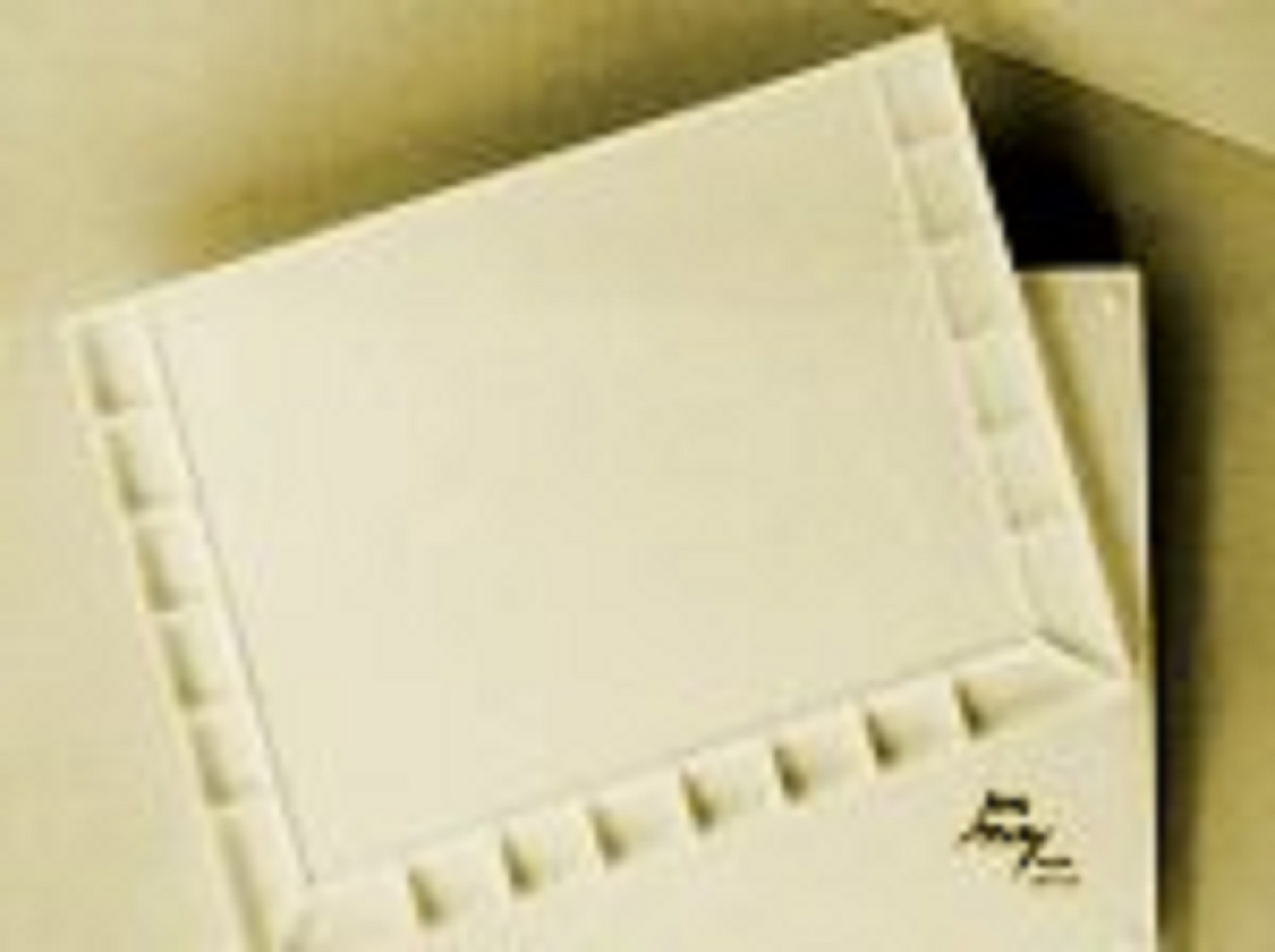 The John Pike watercolor palette
The John Pike watercolor palette is made of heavy-duty injection molded styrene, it has 20 side wells and a large flat mixing area. There are numerous John Pike painting books and videos available. The inside of the snap-on cover is an additional palette. The palette is 15" x 10 1/2" x 5/8".
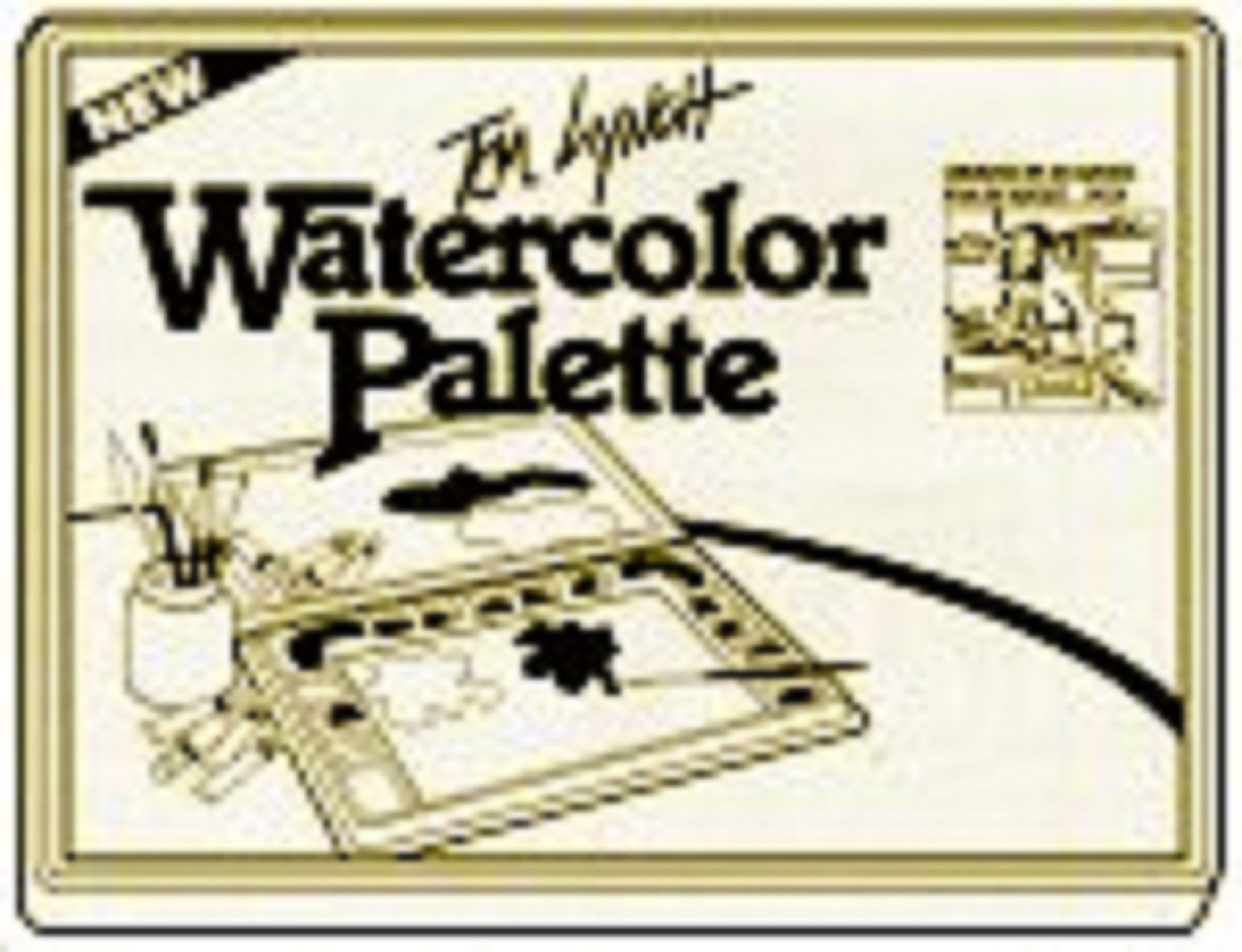 Tom Lynch (PBS), has his own palette design that is based on the Robert E. Woods model.
Tom Lynch (PBS), has his own palette design that is based on the Robert E. Woods model. 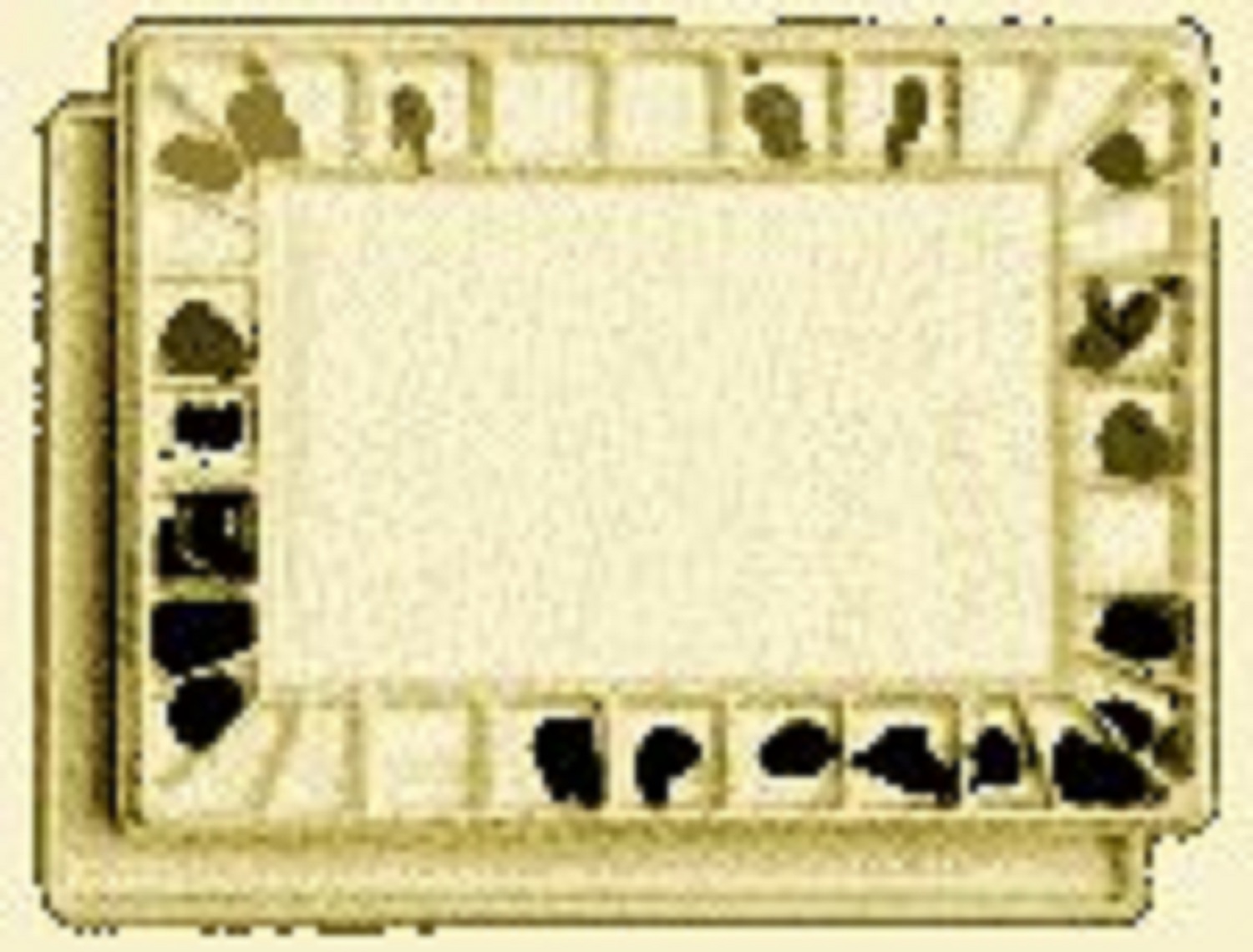 The Jones watercolor palette is another sheet plastic 12" X 16" palette and contains 32 wells and a large mixing area.
The Jones watercolor palette is another sheet plastic 12" X 16" palette and contains 32 wells and a large mixing area. 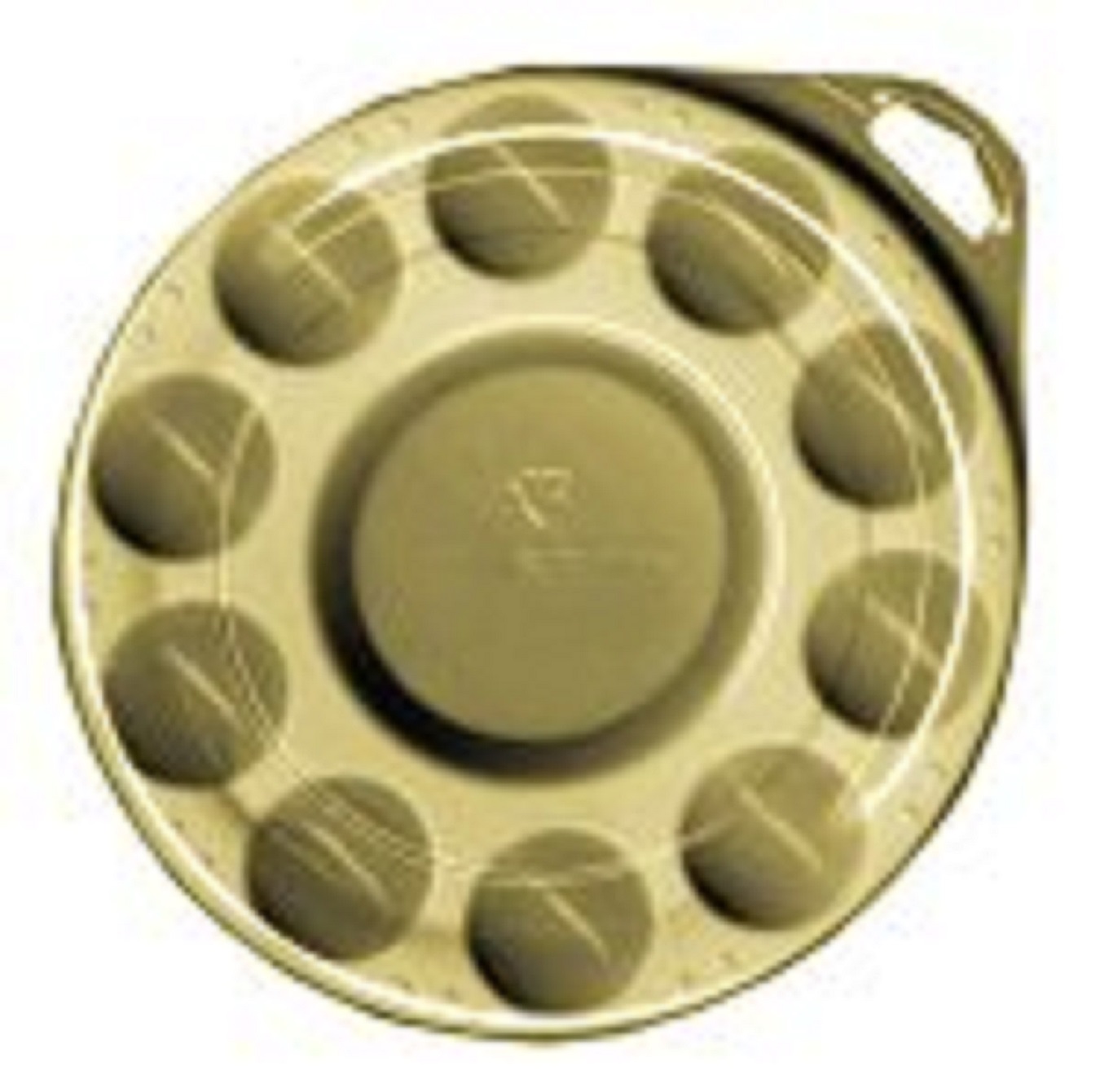
"Novelty" Palettes
You can also find a vast array of color wheel style palettes, palettes with lidded plastic cups, palettes designed for easel mounting, and so on. Check the advertisements in your favorite art magazine or try the art supply links to explore the wide world of art supplies.
Webmaster's choice:
I use (in various configurations) a Robert E. Woods palette, a large butcher tray, a 20 well styrene palette, and a few ceramic flowers. Drop a clean flower in the middle of your dirty palette when you don't have time to do a proper clean-up. For outdoor work I use a 24-well Holbein folding palette or a small 13 1/2" x 10" 17-well white plastic palette with a snap on lid with brush/pencil holder in the lid.



